
Born in Numazu, Shizuoka Prefecture in November 1965. He traveled to Brazil for the first time in 1992 and worked as a trainee journalist for the Japanese language newspaper Paulista Shimbun. He returned to Japan in 1995 and worked in a factory with Brazilians in Oizumi Town, Gunma Prefecture, where he wrote a book about his experience, which won the Ushio Non-Fiction Award in 1999 and was published as Parallel World (Ushio Publishing). He returned to Brazil in 1999. He started working at the Nikkei Shimbun in 2001 and became its editor-in-chief in 2004. His books include If a Grain of Rice Dies (Mumeisha, 2014) and The Untold Tale of the Winners (Mumeisha, 2017).
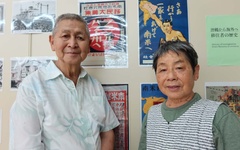
Kaoru Higuchi, a former immigrant to Brazil and resident in Los Angeles, is a photographer at Jornal do Brasil.
Jan. 25, 2023

Commonalities between the films "Gaijin" and "Familia"
Jan. 11, 2023

Revival of the Ryukyu Diplomacy through Uchinanchu Abroad! Alternatives to the Issue of Relocation of the US Military Base to Henoko—Part 2
Sept. 2, 2022
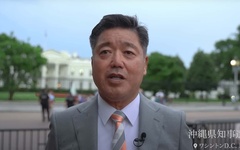
Revival of the Ryukyu Diplomacy through Uchinanchu Abroad! Alternatives to the Issue of Relocation of the US Military Base to Henoko—Part 1
Sept. 1, 2022

Acrobats who Performed in South America in the Early Meiji Period: Who Was the First Japanese to Reside in Brazil?—Part 2
Jan. 25, 2022
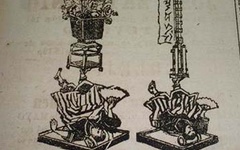
Acrobats who Performed in South America in the Early Meiji Period: Who Was the First Japanese to Reside in Brazil?—Part 1
Jan. 24, 2022
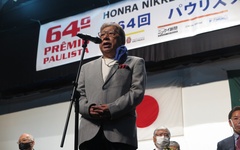
Brazil's Nikkei Shimbun to cease publication in December - President Raul Castro, who supported the Japanese language newspaper for 40 years - Part 2
Dec. 1, 2021

Brazil's Nikkei Shimbun to cease publication in December - President Raul Castro, who supported the Japanese language newspaper for 40 years - Part 1
Nov. 30, 2021
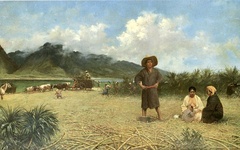
The History of Japanese Immigration to Hawaii and Its Connection with Brazil - Part 2
Aug. 25, 2021

The History of Japanese Immigration to Hawaii and Its Connection with Brazil - Part 1
Aug. 24, 2021
New Site Design
See exciting new changes to Discover Nikkei. Find out what’s new and what’s coming soon! Learn More
Discover Nikkei Updates
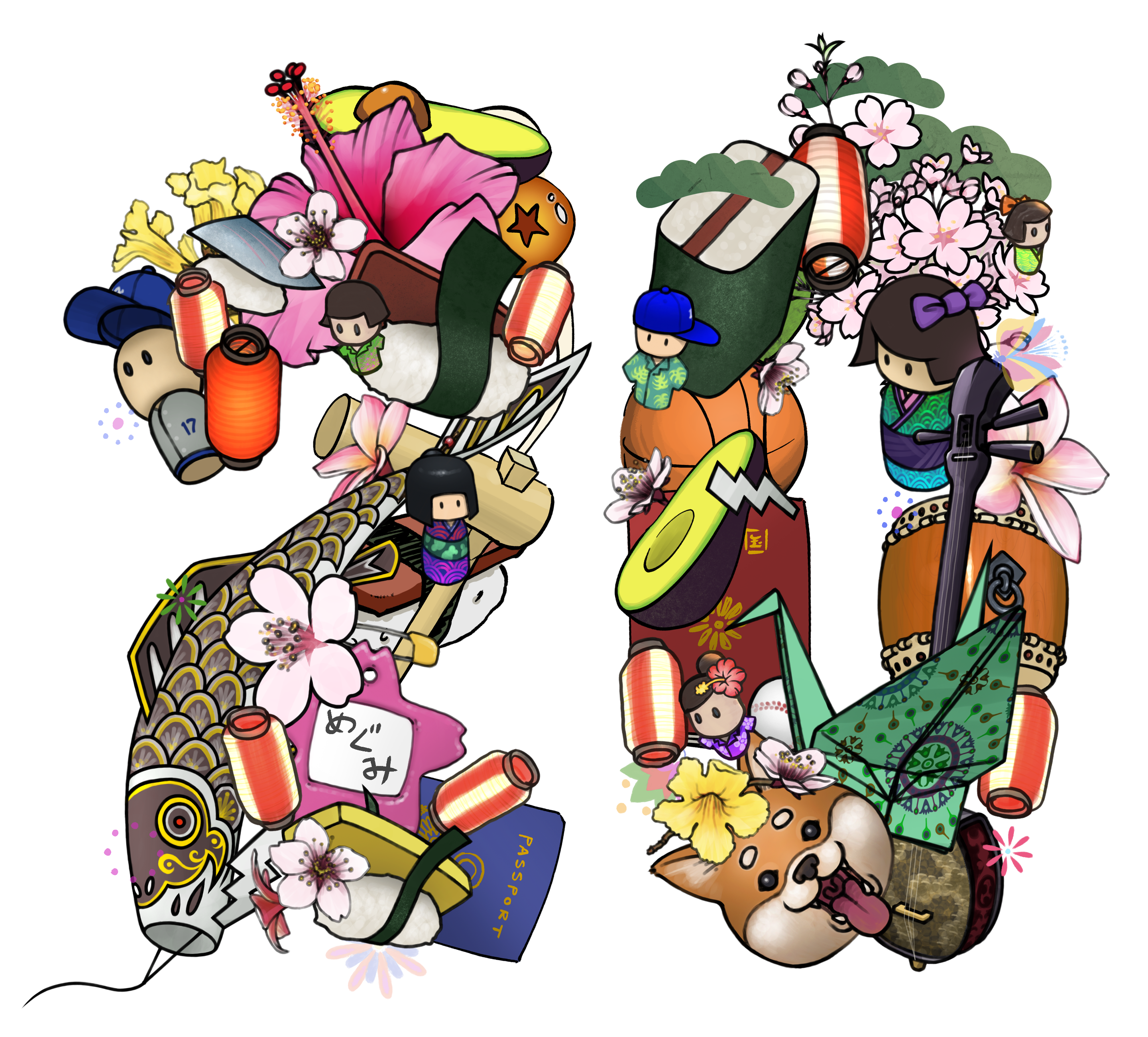
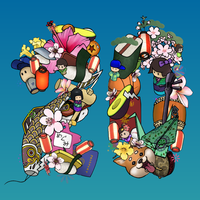

See exciting new changes to Discover Nikkei. Find out what’s new and what’s coming soon!

